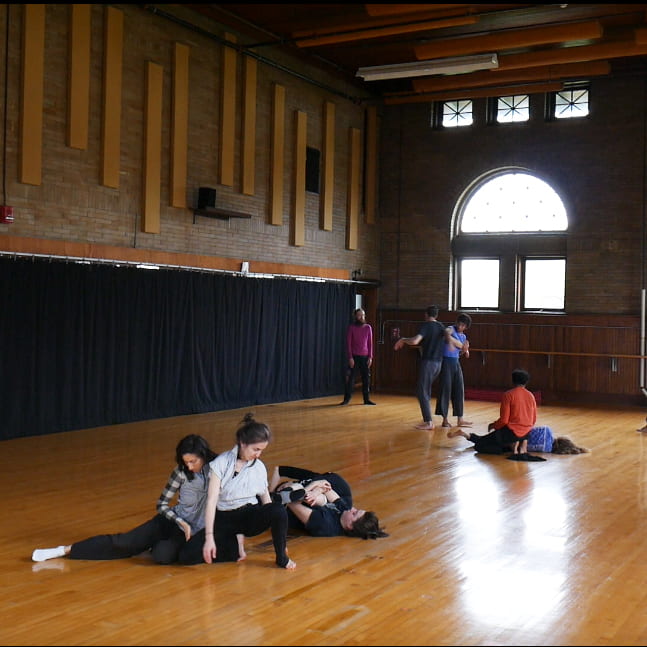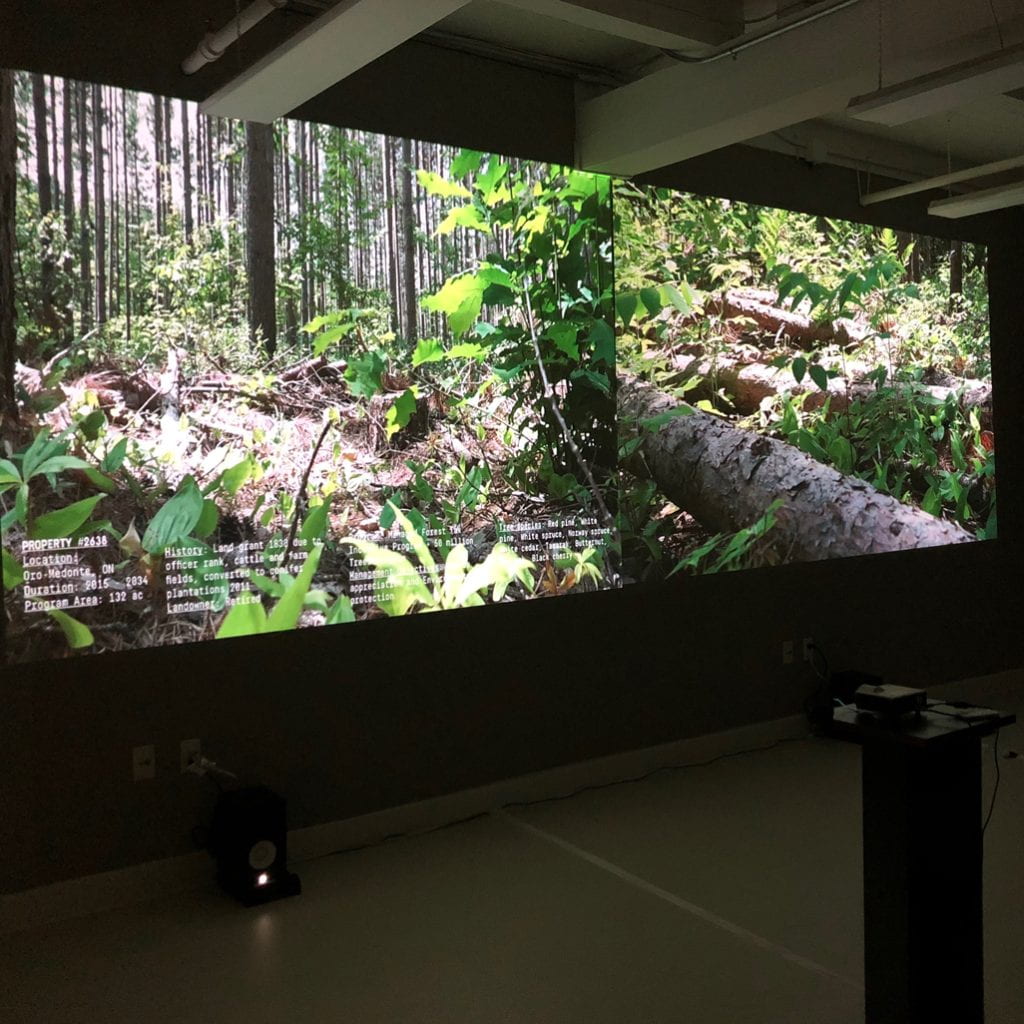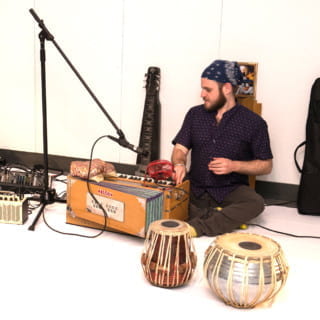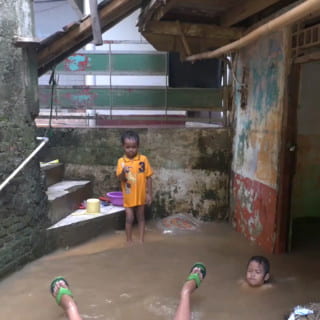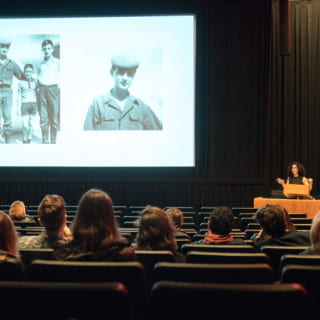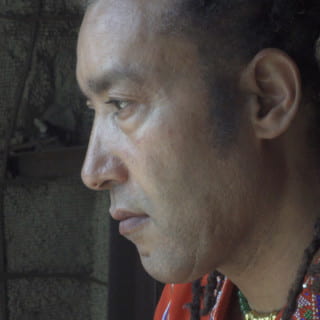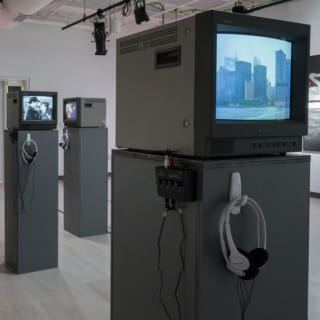The CMP Program
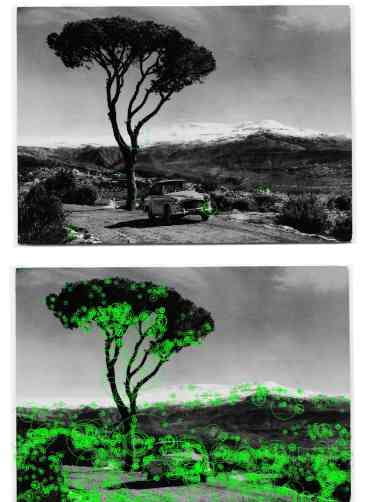
In areas across the disciplinary map — from Anthropology to Science Studies, from Sociology, Psychology, and Government to Architecture, Literature, Engineering, and Public Health — a growing number of students and faculty are seeking to integrate media creation into their academic work. The goal of the GSAS secondary field in Critical Media Practice is to offer PhD students across Harvard’s various schools the opportunity to make original interpretive, creative projects still or moving images, sound, installation, internet applications, or other media in tandem with their written scholarship.
Our students work across many disciplines and in a variety of media. They span a continuum from those using artistic practices to conduct or present their scholarly research to those whose work finds its place in the art world itself. All share an excitement for art as research. They are furthering Harvard’s prominence as a place where academic inquiry can take compelling forms beyond the written word.
The human subject is constituted by imaging as well as by language and – as C.S. Peirce, Nelson Goodman, and others have demonstrated – language alone cannot be taken as paradigmatic for meaning. Aural and visual experience is as integral to culture and social relations as is language. Recent developments in neuroscience and evolutionary psychology have emphasized that consciousness itself consists of multi-stranded networks of signification that combine fragments of imagery, sensation, and memory alongside language, both propositional and non-propositional in form.
The Critical Media Practice secondary field is designed to take advantage of the fact that audiovisual media have a distinct, unique relationship to the world than exclusively verbal sign systems. It also exploits their inherent interdisciplinarity and their broader reach beyond the academy into the public intellectual sphere.
From stunning anthropological films documenting cultural traditions to interactive databases to installations exploring engineering and design, CMP projects push the boundaries of scholarship.
CMP integrates art-making within the cognitive life of the university, and specifically the graduate curriculum. Because media practice is the central component of CMP, it is distinct from a Ph.D. program in film studies, cultural studies, or any of the particular humanities or social sciences. Instead, CMP is intended to complement — to broaden and enrich — the teaching and research being undertaken in our graduate degree programs.
Sensate
Sensate: A Journal for Experiments in Critical Media Practice is an online, peer-reviewed journal for the creation, presentation, and critique of media-based scholarship in the arts, humanities, and sciences. Its mission is to provide a scholarly and artistic forum for experiments with critical media practices that expand academic discourse by taking viewers beyond the margins of the printed page.
Founded in 2010 at Harvard, Sensate has published work by over 50 scholars including five themed special collections. Sensate staff, colleagues, and contributors come from a wide background of disciplines and institutions as the journal’s publications are not confined to a single disciplinary purview. Sensate has and maintains an on-going partnership and affiliation with Harvard’s Critical Media Practice program. Contact editors Julia Yezbick or Lindsey Lodhie for information on collaborating.
